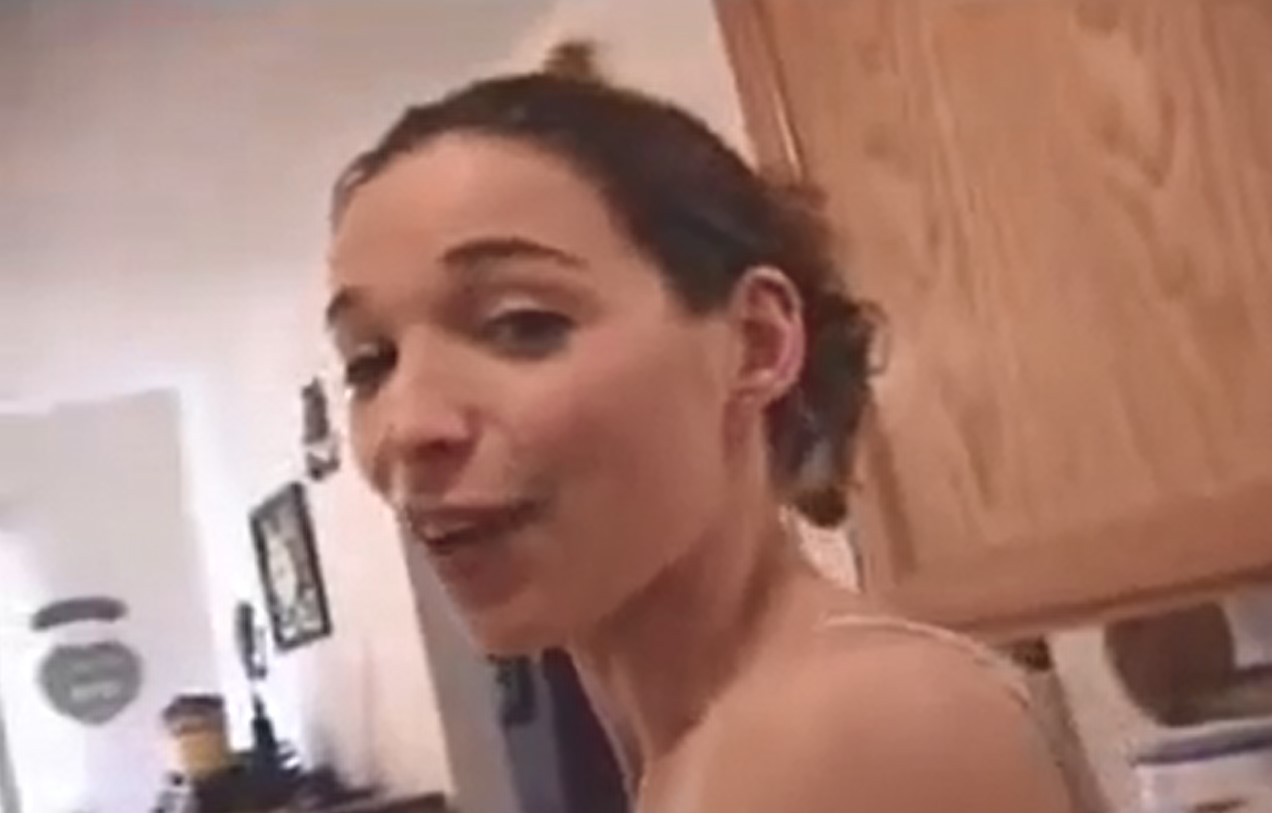Unpacking Cake Farts: Viral Videos, Trends & More
Is it possible for a video to become a cultural phenomenon based solely on the unexpected and the taboo? The story of "cake farts" suggests a resounding yes, proving that even the most unconventional concepts can capture the public's imagination, and become a viral sensation.
The genesis of "cake farts," a term that has now firmly embedded itself in the lexicon of internet culture, can be traced back to the shocking and unexpected. It's a concept that, on the surface, seems to defy logic and good taste: the act of, as the name suggests, farting onto a cake. But the internet, a place where the bizarre often thrives, embraced it. The initial shock quickly morphed into curiosity, and then, for some, into a fascination that propelled "cake farts" into the realm of viral content.
The earliest documented mentions of the "cake farts" phenomenon started appearing online in the late 2000s. Its emergence wasn't heralded by a carefully crafted marketing campaign or the backing of a major media outlet. Instead, it spread organically, through the murky waters of shock sites and anonymous forums. A pivotal moment came on July 10th, 2009, when the controversial video first gained wider exposure. It was featured during a segment on the G4TV show Web Soup, giving it a foothold in the mainstream consciousness. This initial exposure proved to be the catalyst, pushing the concept further into the public eye.
The content itself, as disturbing as some might find it, quickly found its audience. What made "cake farts" so popular? The answer likely lies in a combination of factors. The inherent shock value certainly played a role. The internet, particularly in its earlier days, was a haven for pushing boundaries, and "cake farts" was undeniably transgressive. The unexpected nature of the content, combined with a degree of sexualization, also contributed to its appeal. In a world increasingly saturated with information, something truly out of the ordinary has the potential to cut through the noise.
In the wake of the initial shock and the subsequent viral spread, the "cake farts" phenomenon began to evolve. Humor blogs, such as Drunk at the Wheel, picked up on the trend. The posting on February 13th, 2010, helped to solidify its presence within the sphere of internet humor. It was no longer just about shock value; it was also becoming a source of amusement for some viewers, a testament to the evolving nature of internet culture.
Perhaps one of the most intriguing aspects of the "cake farts" phenomenon is its longevity. It's a testament to the power of the internet to keep things alive, even if the initial impact has faded. Today, you can still find references to "cake farts" on platforms like TikTok, where users create videos related to the topic. The echoes of this early viral sensation can still be heard today.
The story of "cake farts" also offers insights into the broader nature of internet culture. It reveals how easily a specific concept, regardless of its origin or intended audience, can gain traction. It showcases the way shock, humor, and curiosity can combine to create a viral phenomenon. Moreover, it underscores the vital role of platforms like YouTube and social media, where content can spread rapidly.
The story of "cake farts" is a reminder that the internet remains a constantly evolving landscape, a place where the unexpected can thrive, and where unconventional concepts can leave their mark on the collective consciousness. "Cake farts" might not be a topic for polite conversation, but it's a powerful reminder of how far and wide an idea can travel when released into the online world.
Beyond the original video, the concept has spawned variations and imitations. Some are purely comedic, while others delve into different areas. The core idea, however, remains the same: a combination of the unexpected, the taboo, and the bizarre.
On November 8th, 2011, a YouTuber, Megan Medellin, uploaded a video featuring a model, Ariana Loken's reaction to the "cake farts" video. This act also shows that the popularity of it was still going on. This proves the point of the fact, how the internet can give life to anything.
The "cake farts" phenomenon is also used in different type of pranks, and clips. It can be used in a lot of different ways and the creators are free to think how to use it. This proves the concept and its impact in the world, and how the internet works for that.
| Category | Details |
|---|---|
| Concept Name | Cake Farts |
| Type | Viral Phenomenon / Fetish |
| Origin | Shock websites and anonymous forums |
| Initial Exposure | July 10th, 2009 (Web Soup segment on G4TV) |
| Notable Mentions | Drunk at the Wheel (February 13th, 2010), YouTube (November 8th, 2011) |
| Key Characteristics | Shock value, transgressive content, unexpected nature, combination of humor and taboo. |
| Impact | Viral sensation, meme-like status, continued relevance across various platforms. |
| Social Media Presence | TikTok (#cakefarts) |
| Related Content | "Shinchan's Fart Blowout Cake," Similar content on adult websites, and prank videos. |
| Popularity | Popular among users searching for shock content and unconventional humor. |
| Why it's Popular | Combined factors of shock, curiosity, and the unexpected. |
| Overall Message | Showcases the power of the internet to keep things alive and how unconventional concepts can leave their mark. |
| Associated Concepts | ASMR, Youtuber, Shock Website. |
The influence of "cake farts" is undeniable, regardless of its origins or the intent of its creators. It's a testament to the power of the internet as a cultural mirror, reflecting both the best and the most unconventional aspects of our society. The impact of this video continues to echo through the internet's endless network.


